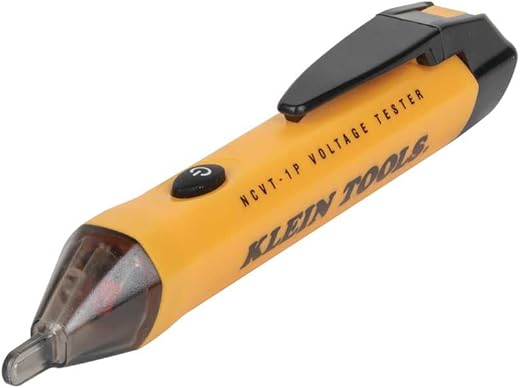







The Essential Guide to Junction Testers: What You Need to Know
When it comes to electrical work, accuracy and safety are paramount. One tool that often gets overshadowed by the more glamorous gadgets in an electrician’s toolbox is the junction tester. But what exactly is a junction tester, and why should you consider adding it to your toolkit? In this guide, we’ll delve into the intricate world of junction testers, ensuring you’re equipped with all the information you need.
What is a Junction Tester?
At its core, a junction tester is a device designed to check the integrity and connectivity of electrical circuits. Think of it as a detective for your wiring system, helping you identify issues such as breaks, shorts, or incorrect connections. Just as a good detective uses various tools to gather evidence, a junction tester employs specific features to provide you with a comprehensive overview of your circuit’s health.
Why Use a Junction Tester?
You might wonder, “Isn’t any multimeter sufficient for checking circuits?” While multimeters are indeed versatile, they often fall short when it comes to diagnosing complex wiring systems. Junction testers are specialized devices, designed to locate faults more effectively. Imagine trying to find a needle in a haystack; a junction tester is like having a powerful magnet that pulls that needle right out, saving you time and frustration.
Key Features of Junction Testers
When selecting a junction tester, there are several features you should consider:
1. Voltage Range
Different circuits operate at different voltages. A quality junction tester should be able to measure a wide range of voltages, ensuring it can handle everything from low-voltage home wiring to high-voltage industrial systems.
2. Continuity Testing
One of the primary functions of a junction tester is to check for continuity. This feature allows you to ascertain whether current can flow through a circuit or if there’s a break somewhere along the line.
3. LED Indicators
Many modern junction testers come equipped with LED indicators that provide instant visual feedback. These lights can tell you whether the circuit is live, faulty, or simply inactive, making your job quicker and easier.
4. Portability
A good junction tester should be lightweight and easy to carry. After all, you may need to traverse crawl spaces, attics, or other challenging environments to perform your tests.
5. Safety Features
Given the risks inherent in electrical work, safety features such as overload protection and insulated probes are non-negotiable. They ensure that you can conduct your tests without putting yourself at risk.
How to Use a Junction Tester
Using a junction tester may seem daunting, but with a few simple steps, you can become proficient in no time. Here’s a straightforward guide:
1. Safety First
Before starting any electrical work, ensure you wear appropriate personal protective equipment (PPE). This includes gloves and safety glasses to protect yourself from potential hazards.
2. Prepare Your Circuit
Turn off the power to the circuit you’re testing. This is crucial for both your safety and the accuracy of your readings.
3. Connect Your Tester
Attach the leads of your junction tester to the circuit terminals you wish to check. If you’re testing for continuity, simply connect one lead to each end of the wire.
4. Read the Results
Observe the readings on your junction tester. If the LED indicators show a solid light, you’re in good shape! A blinking light or no light at all may indicate a fault that requires further investigation.
5. Document Your Findings
Keep a record of your testing results. This documentation can be invaluable for future reference or when troubleshooting recurring issues.
Maintaining Your Junction Tester
Just as you wouldn’t neglect your car’s maintenance, your junction tester requires care to function optimally. Regularly check the battery levels and clean the probes to ensure accurate measurements. Store your device in a protective case when not in use to prevent damage.
Conclusion
In the intricate world of electrical systems, a junction tester is an indispensable tool that can save you time, money, and potential hazards. By understanding its features and learning how to use it effectively, you equip yourself with the knowledge needed to tackle a variety of electrical challenges. So why not invest in a junction tester today? After all, in the realm of electrical work, knowledge and preparation are your best allies.
FAQs
1. Can I use a junction tester on live circuits?
It’s generally not advisable to use a junction tester on live circuits unless the device is specifically designed for that purpose. Always prioritize safety by turning off the power first.
2. How often should I test my circuits?
It depends on the application, but a good rule of thumb is to conduct testing whenever you notice unusual behavior in your electrical system or during routine maintenance checks.
3. Are there different types of junction testers?
Yes, junction testers come in various types, including basic models for home use and more advanced versions suited for industrial applications. Choose one that meets your specific needs.
